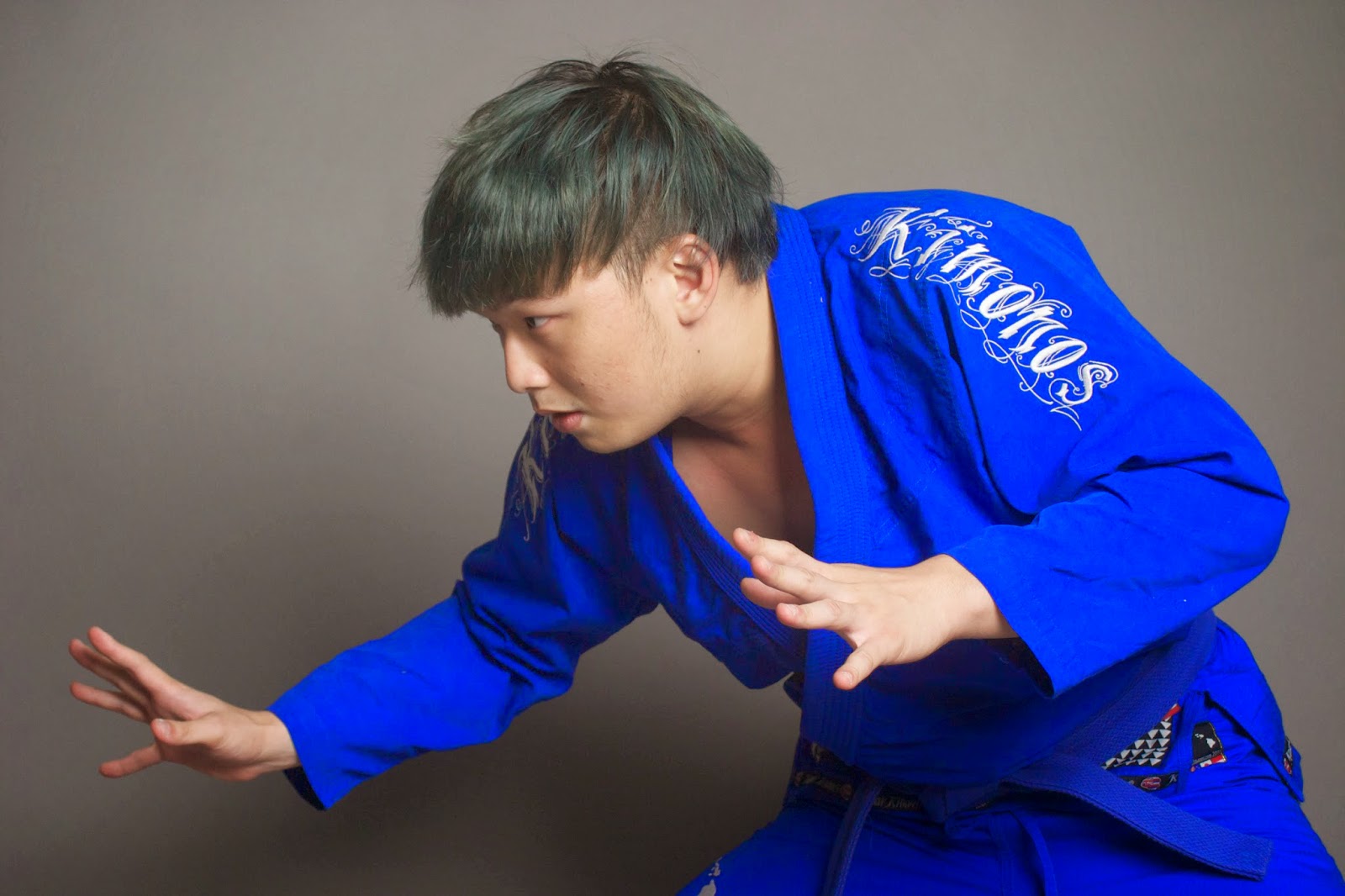Connect
-Idea and visualization on your topic as you shoot
Expand/Extend
-How / Did you expand your knowledge about the topic
Challenge
-The trouble that you faced before/during/after the photo shoot
After consulting and several test shooting, I decided to capture the life of a cosplayer behind and in front of camera. I always found cosplaying as very interesting and intriguing. As I shoot the photos, its very fun and enjoyable. My friend who is the model was very co-operative and willing to let me in her house to photo her preparation before going to cosplay photo shoot. My idea is to take the photos on chronological order starting from her preparations such as putting on make up, wearing the wig, the journey to the locations and finally when she act as the characters for photo shooting. Cosplaying to most people has always been regarded as an activity that is useless, a waste of time and money. But there are some people who considered cosplaying as their hobby and even passion. I want to capture that. I want to show through my photo book that these people exist to bring the character; from movie, books, novel; alive. Other than that I want to focus more on the preparation and effort put into the act of cosplaying. As I observe, my friend is able to sew her own costumes and make her own equipments for her cosplay materials. She also has a wide varieties of wigs to use for different characters.
I learned a lot of things when I was photographing my friend. When I walked out with her dressing up as a character, I noticed that people do react to the situations, they ignore, stare or come to us and say " very nice! " You have to have a thick skin to be able to ignore all the stare and rude comments from people. Cosplaying can also be used to increase a person's confidence and that what happened to my friend. Her confidence increased and she has become more comfortable going out as a character.
The trouble that I faced during the photo shoot was probably the chance of me photographing her as my model. Because she has her own photo shoot with her own photographer, I felt like sharing her between me and the other photographer. That limits my time and photos as I have to wait for the other photographer to finish shooting before I start shooting. Another problem that I faced was when I was in her house shooting all the equipments and materials. Its very troublesome and hard to bring out all her materials in storage room and as a result her house got really messy and also her room's light is quite yellow in color and that affect the photos. Editing was not very hard as I used Adobe Bridge and Photoshop to adjust the photos. It's very helpful and convenient tools. But printing the photo book was proven to be the hardest. Printing error happened quite a lot in terms of colors. The photos will either be darker than what I had in mind or they turned to be very yellow. After adjusting, I finally got it right and the result was quite good.
Here are some photos that I took
Special thanks to Mantou and Kei
All photos are taken and edited by Roselvina





















































